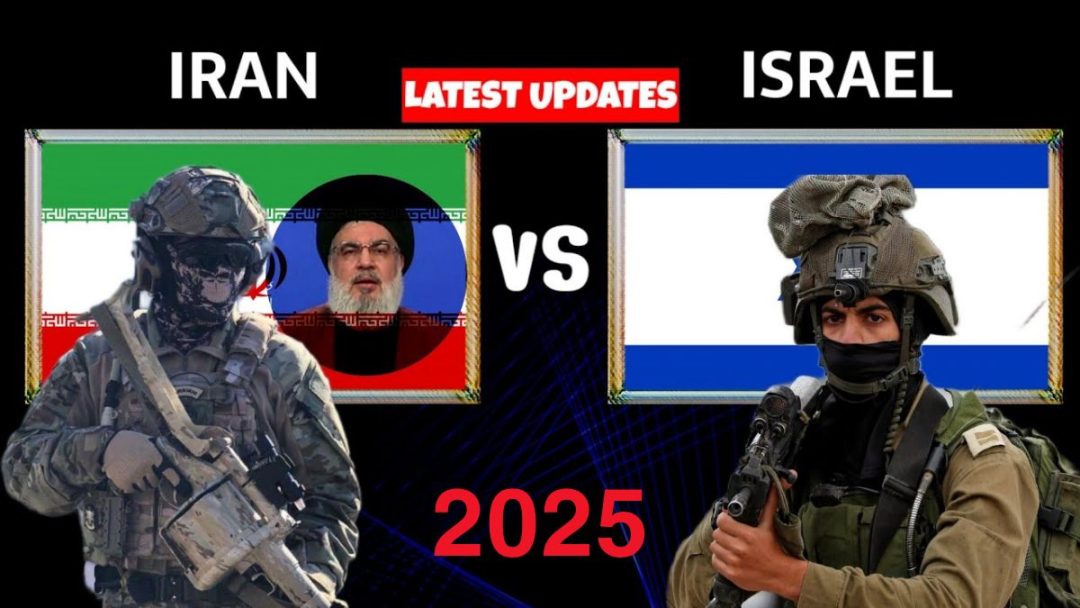In a dramatic escalation of tensions in the Middle East, a new military power comparison between Iran and Israel has surfaced, revealing alarming disparities that could shift the balance of power in the region. The analysis, released today, highlights Iran’s rapid advancements in military capabilities, raising concerns among global leaders and defense analysts alike.
 Iran has intensified its missile development program, showcasing longer-range ballistic missiles and advanced drone technology that could threaten not only Israel but also U.S. interests in the region. The report indicates that Iran’s military budget has seen a significant increase, allowing for enhanced training and procurement of sophisticated weaponry, including Russian-made systems. Meanwhile, Israel, known for its cutting-edge defense technologies and military prowess, is reportedly ramping up its own capabilities in response, with a focus on missile defense systems and cyber warfare.
Iran has intensified its missile development program, showcasing longer-range ballistic missiles and advanced drone technology that could threaten not only Israel but also U.S. interests in the region. The report indicates that Iran’s military budget has seen a significant increase, allowing for enhanced training and procurement of sophisticated weaponry, including Russian-made systems. Meanwhile, Israel, known for its cutting-edge defense technologies and military prowess, is reportedly ramping up its own capabilities in response, with a focus on missile defense systems and cyber warfare.
As both nations brace for potential confrontation, the stakes have never been higher. Israeli officials express grave concerns over Iran’s nuclear ambitions, which they fear could lead to a catastrophic conflict. In a recent statement, Israel’s Defense Minister warned of a “red line” that Iran must not cross, signaling that military action remains a viable option should diplomatic efforts fail.
The international community is on high alert, with calls for renewed dialogue and strategic partnerships to mitigate the risks of an all-out war. Analysts warn that a miscalculation on either side could ignite a regional conflict, drawing in powers like the United States and Russia.
As the world watches closely, the 2024 military power comparison serves as a stark reminder of the volatile nature of Middle Eastern geopolitics. With both nations poised for action, the question remains: how will this evolving military landscape impact global stability? The clock is ticking, and the world is holding its breath.